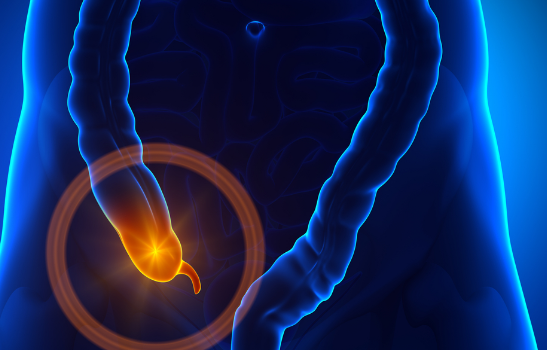Appendicitis is an inflammation of the appendix (a small finger-shaped pouch on the right side of the abdomen, directly connected to the colon).
Appendicitis is usually about three and a half-inch-long tube of tissue that extends from the large intestine.
Once the inflammation is detected, medical attention is urgently required to avoid bursting.
Causes
Appendicitis is caused by blockage in the appendix, usually by faeces, strange objects, or cancer.
The appendix swells in response to any infection in the body so blockage can also result from infection.
Symptoms
Chiefly, the first sign of appendicitis is dull pain near the navel or the upper abdomen which becomes sharp as it moves to the lower right abdomen.
Other symptoms are loss of appetite, nausea, vomiting soon after abdominal pain begins, diarrhea, abdominal swelling, painful urination, fever (99-102 degrees f), and inability to pass gas (pollute the air/break wind)
Once you start to experience these symptoms, visit the doctor for treatment.
Treatment & prevention
Mode of treatment could be keyhole surgery (insertion of tiny tube to remove inflammation), traditional surgery (used for big inflammations or ruptured appendix) and delaying surgery (recommendation of antibiotics to shrink the appendix).
Since appendicitis can’t be prevented, high fibre diets are often advised as they reduce one’s chances of developing appendicitis.
High fibre diets are usually recommended because they help in softening stool and it is less likely for them to block the appendix.
Copyright 2025 TheCable. All rights reserved. This material, and other digital content on this website, may not be reproduced, published, broadcast, rewritten or redistributed in whole or in part without prior express written permission from TheCable.
Follow us on twitter @Thecablestyle

